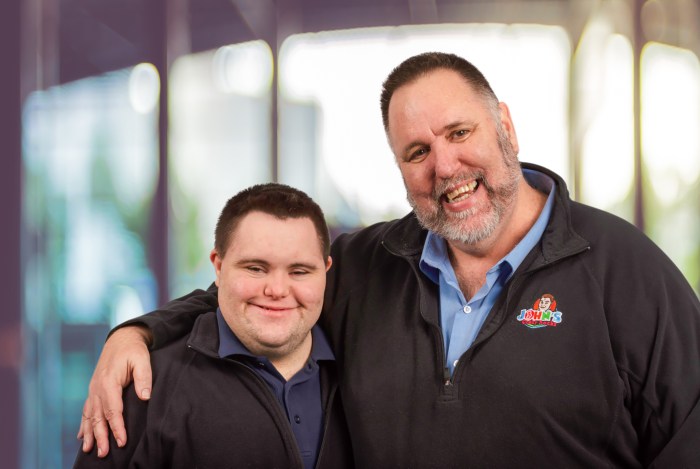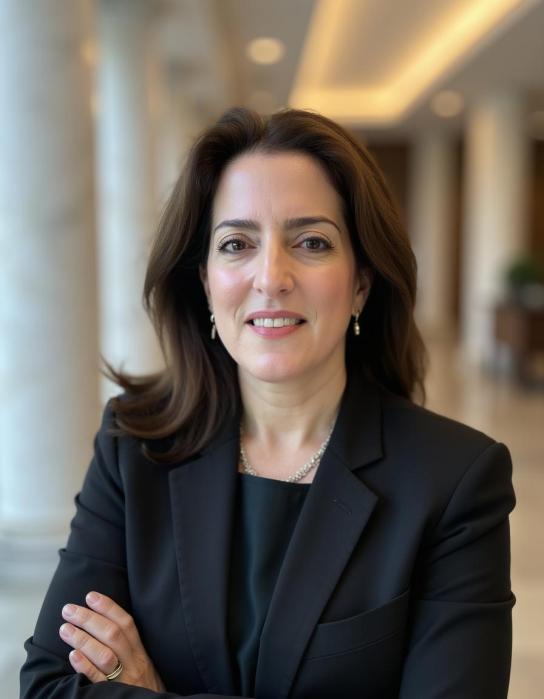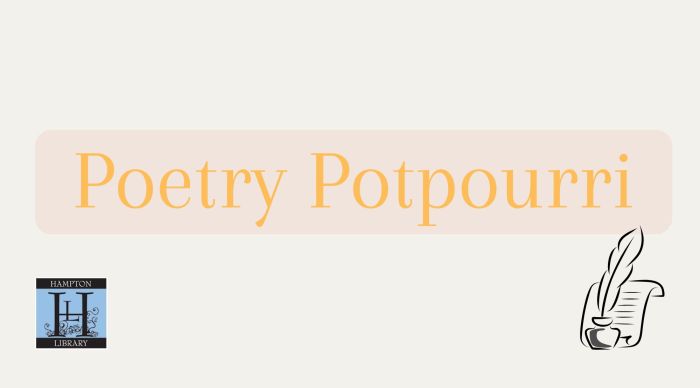 One of the interesting challenges of my life is to translate the American experience to people from other countries. For example, over the years I have been privileged to serve with international priests. These men, through no fault of their own, cannot understand our Super Bowl and what all the fuss is about. So I say to them: it’s like soccer’s World Cup all on the same day. Then their eyes light up and they understand our passion and madness.
One of the interesting challenges of my life is to translate the American experience to people from other countries. For example, over the years I have been privileged to serve with international priests. These men, through no fault of their own, cannot understand our Super Bowl and what all the fuss is about. So I say to them: it’s like soccer’s World Cup all on the same day. Then their eyes light up and they understand our passion and madness.
Explaining Thanksgiving is a little harder since many nations do not have such national holidays where praying is so universal. In most countries there are Christian days of prayer and Islamic days of prayer, Jewish days of prayer or Buddhist days of prayer, etc. The thought that a whole nation could be united in prayer regardless of doctrinal differences is quite amazing. And of course something to be proud of.
Right now we’re in between two holy celebrations of Jewish believers: Rosh Hashanah and Yom Kippur. A lot of Christians on Long Island regularly joke that the weather on the Jewish High Holy Days is always great. And alas, that’s almost all they think about when it comes to these days. The other thing important to Christian children is that many public schools are closed on the high holy days and they get the days off. And that’s about it.
So, with the huge risk of leaving out a lot of the spiritual meaning of these days, let me attempt to translate these two holy celebrations for our Christian readers.
Throughout the world, midnight on December 31st marks the end of a year and with that there is a lot of drinking, dancing, noise makers and confetti that brings in the new year. So when I say that Rosh Hashanah is the Jewish New Year, please get those ideas out of your head. The closest thing to a Jewish “Times Square” moment where the ball falls and everyone screams “Happy New Year!” is the traditional blowing of a ram’s horn. But do you remember making a new year’s resolution? (Can you even remember what yours was?) A new year is a chance to take a step in a new direction after assessing how you did in the past year.
THAT is closer to the spiritual experience of Rosh Hashanah. The name means “The start of the year” and the experience is one of family time, special meals and sweet foods. It marks the start of “ten days of awe”, a time of retrospection that culminates in the other holy day: Yom Kippur.
Jewish comedians have sometimes joked that what Christians do for forty days of Lent, Jews accomplish in the one day Yom Kippur commemoration. I’ll forego the punchline here, but they’re not off the mark. Christian preparation for Easter does differ between denominations, but Catholics in particular observe forty days in which they reflect on where sin exists in their lives and they make Lenten resolutions to live better lives. They pray more, fast (give up some behavior or food), and give to the poor. (The Lenten resolutions are more about changing our hearts than our waistlines.)
So too Jews, finish their days of introspection with a Day of Atonement which involves fasting for the whole day, refraining from work, and joining together in prayer in the synagogue during which time forgiveness for sins against God is sought.
Might I suggest that my fellow Christians also enter into extra prayer during Yom Kippur, as Lent won’t come til February 14th this coming year (yes, it just so happens to start on Valentine’s Day next year)? I suspect we could use a little refresher in seeking some divine forgiveness these days too.
“Get an early and original look at this column and all that the Levittown Tribune offers each week by subscribing here: http://antonnews.com/subscribe “






























